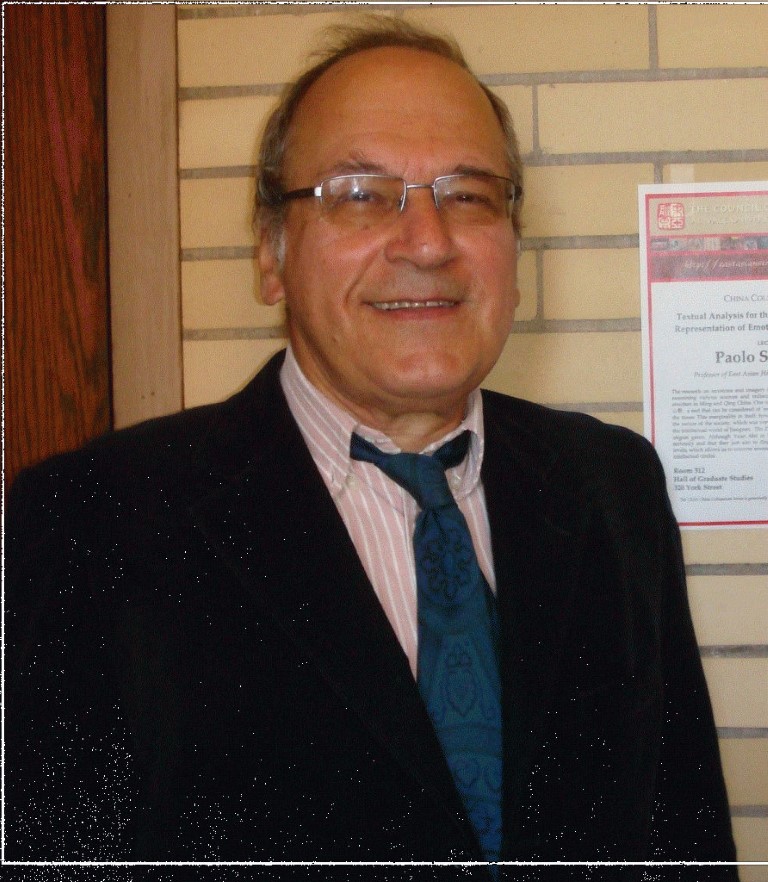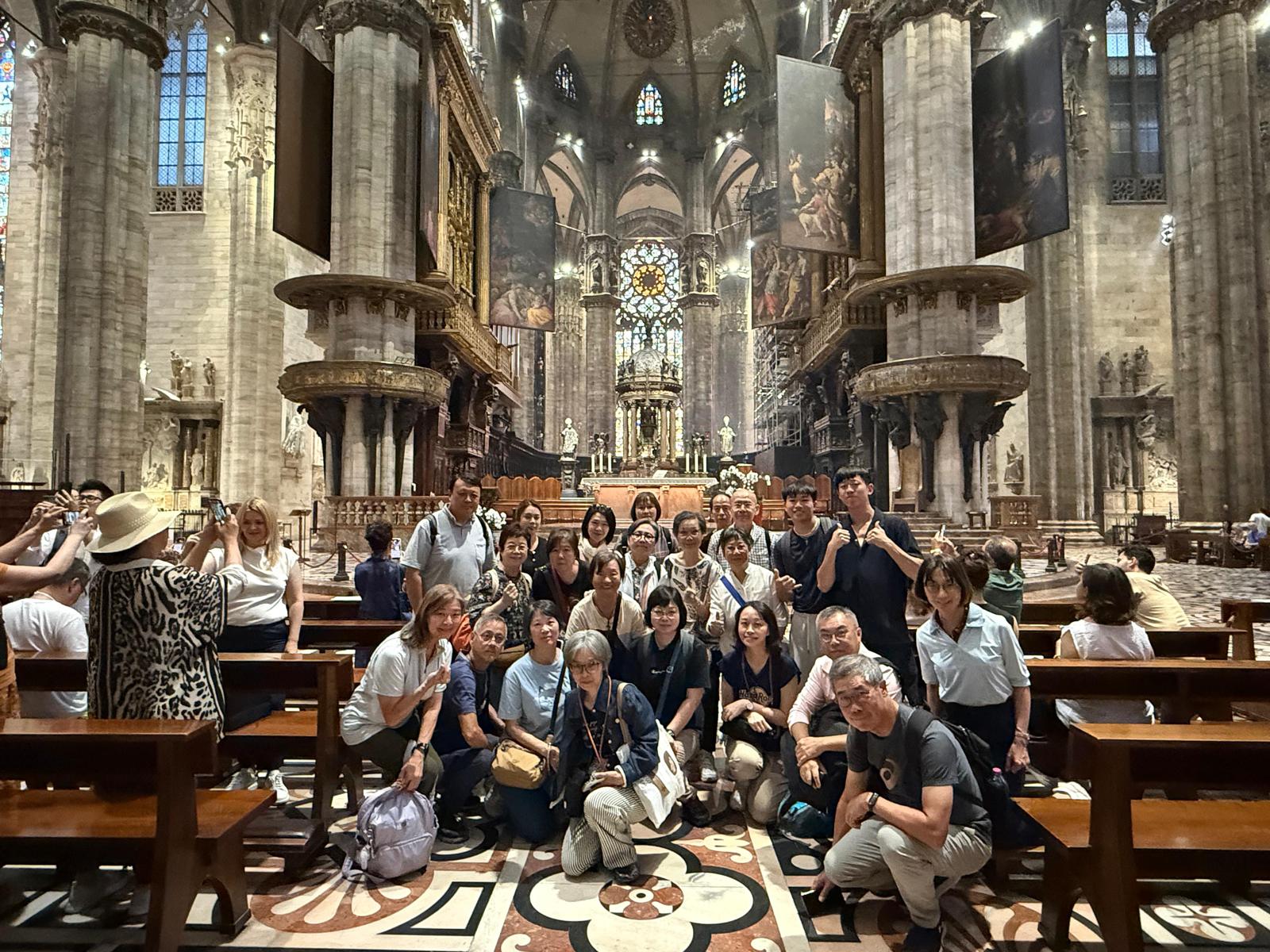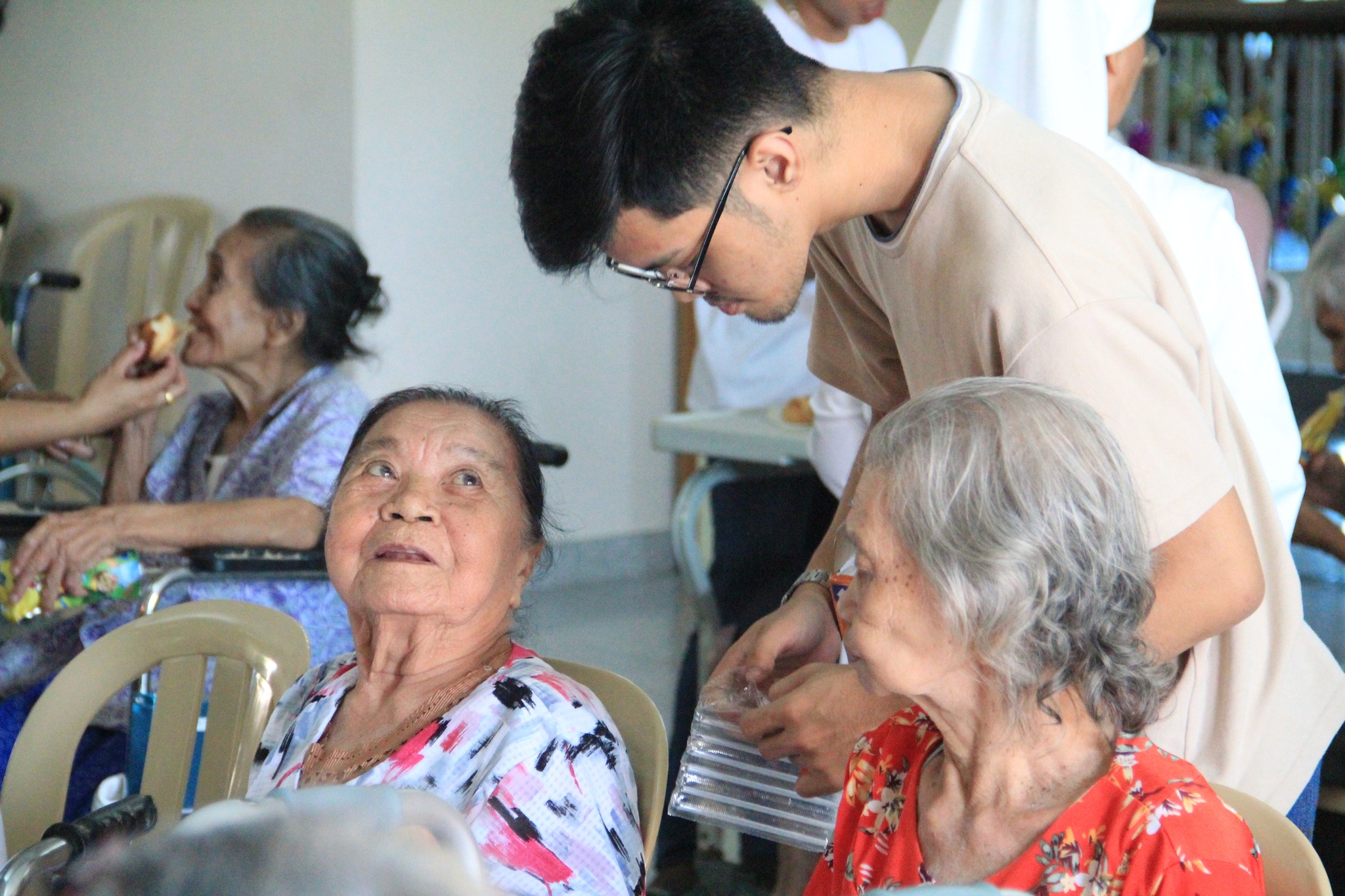– Aurelio Porfiri
Italy has devoted great energies to studying China. That is not by chance, if we consider our long history of contact with the Chinese world, that goes back much earlier than Matteo Ricci and the Jesuits. Paolo Santangelo is a very well known sinologist, author of several books and studies especially about Ming and Qing China.
What is the origin of your interest for China?
In the middle school, in the ‘50s, I remember it was the first time I heard about China, when my teacher talked about this great and far country. In that occasion I started to be interested, either out of curiosity or exoticism. That time very few people could give me information about that ancient civilization; I could hear something only from a missionary who had been in China (in the Saverian House in Cremona), and had been sent back to Italy. I was particularly attracted by the style of Chinese painting, both the line and the colours of sceneries and flowers. My serious studies on China started by attending the courses of Chinese Language and culture in ISMEO, Roma.
What are the major areas of your research?
I started with modern history of China. Then I concentrated my interests in social and intellectual history in the Ming and Qing period. The turning point was when I researched on the concept of evil and sin in traditional China (Il ‘peccato’ in Cina, Laterza, 1991).
In this first analysis the main question was: owing to the different religious and moral background between the west and China, can we talk about a concept of ‘sin’ in China? Another consequent question was on the role of human responsibility, and the different way this topic was coped with in comparison with the debates on the free will in Christian tradition. Especially in Confucianism, the inner sanction is related to the family and social interaction rather than to the relation with a personal absolutely good God. Thus, different was the way the role of human responsibility was presented, in comparison with the debates on the origin of evil and free will in western tradition. The key point, in Neo-Confucian elaboration of a famous sentence of Zhongyong, can be summarized in two moments, before and after the human emotional arousal or involvement, a condition which is linked to human responsibility. Neo-Confucian scholars were aware that emotions could neither be berated as ontologically evil nor totally suppressed. Emotions were considered dangerous, and more dangerous desires, that however were considered natural.
What is the difference with Europe?
While in European culture passion has been contrasted with reason, in Chinese culture the dualism is rather between the harmony of the equilibrium and the disorder of the excess. In fact there are various positions which differ much more than we may expect. The negotiating process between the rigid ethical codes and dynamic social changes influenced the cognitive elements of emotions, both in restraining personal passions and promoting the “virtuous sentiments.” Such contradictions between official values, on the one hand, and practical compromises between individual appetitive energies and personal tendencies for wealth and gratification of desires, on the other hand, are the focus of many debates. Thus, the affective world has been the field of further researches until now, namely the representation of feelings in late imperial China, in the ambit of anthropological history. I direct the Italian series Asia Orientale 古今東亞, of the Aracne Publisher, Roma, concerning history and culture of East Asia and also I have created and direct the yearly publication Ming Qing Studies.
Who are the sinologists that have more influenced you?
Several scholars have left their mark on my learning process, guiding me in my path. In Italy I learned the historical method from Prof. Piero Corradini, historian of China, and from Prof. Lionello Lanciotti in the literary field. Mark Elvin, Professor in Oxford University and then in Canberra’s ANU, has been for me a teacher and guide in historical researches. His broad learning is based on anthropological studies, economic history and history of technology. I am indebted much to him.
One of your books deals with Dream in China. What are your findings?
I tried to show some aspects of the dream as presented in novels of late imperial China. Novels are the syncretic product of Confucianism, Buddhism and Daoism, and thus are expressions of their combined influences. Thus a dream has various functions, from premonitory tool to bridge between dead and living, and to allegory of passions. The study of the representation of dreams is very useful to understand the collective imagery and the subconscious world.
You also investigated the emotional world of Chinese people. Usually people from outside China see Chinese as very careful in showing their emotions. But what is your view on this?
The bulk of my researches is now focusing on the representation of emotions and states of mind in late imperial China. I am going on with my international research project on the textual analysis of literary and non-literary sources in Chinese culture, and created a database on the lexicon related to this topic. This textual analysis aims to reconstruct the representation of feelings and states of mind in late imperial China by collecting and evaluating the related expressions. In order to promote such researches at the international level I founded a new series Emotions and States of Mind in East Asia (ESMA), with Brill International Publishers.
Please go on…
I said that emotions were considered dangerous, and more dangerous desires, but they could not be repressed. In Chinese culture the main value is harmony of the equilibrium against disorder of the excess. Education focuses on the control of emotions. This control is not just a kind of self-control, but concerns social interactions, interpersonal reactions, in order to avoid the loss of face of oneself as well as of the counterpart, and safeguard smooth personal relations. This is one side of the matter.
On the other side, if you walk in the streets, you can see how people interact in a lively way, and they demonstrate also how freely they are able to manifest their reactions. In other words we may say that while in the ambit of a community manifestation of emotion is rather controlled in order to avoid any break of formal and substantial harmony, in dealing with external elements any event which is considered offending can provoke strong reactions without restraint. I focus on Ming and Qing period, and emotions are important factor of personality. I have already published the volume Materials for an Anatomy of Personality in Late Imperial China, 2010, and now I am going to publish Self, identity and emotions in traditional China.
You are an expert on Imperial China, especially Ming and Qing dynasties. What remains today, in Chinese consciousness, from those times?
This is a very interesting question! But it is difficult to give an answer. The Chinese culture has demonstrated a great flexibility and inclusive possibility along its history. This character has allowed not only the ability to be constantly renewed and enriched, but also to transfer ancient meanings, values and symbols from antiquity to contemporary times. We can see an example in the sinicisation of Buddhism, a completely foreign doctrine with categories ignored in China. Here I have neither time nor space to go deep in the matter, but the syncretism and flexibility of this culture are emblematic. Thus in contemporary times, people seem to have forgotten their past and their traditions, but if we compare Shanghai now with Suzhou of the late Ming, we can find several analogies under the obvious differences. As I noticed in my study of the Mountain Songs, in many ways, that society is not unlike that of contemporary China’s big cities, where everyone is rushing to fulfill their desires and ambitions, a society full of contradictions which rejects official and traditional scales of values, and yet remains inextricably bound to a series of customs and rites, superstitions and beliefs, a mixture of formality and vitality. The attempts of authorities to reinforce Confucianism and traditional cultures are also another aspect of traditional policy, to order and control society by ideology and morality. People are conscious of their rich heritage, and even if many of them do not have time to dedicate to explore the treasures of their legacy, they appreciate it any time they can read a poem, visit a temple, touring some historical places, perform some official or family rituals. Basically, a practical attitude remains, coloured with aesthetic, utilitarian, religious, communitarian and individualistic attitude, according to the circumstances.
One of your papers was devoted to the concept of “purity” in late Imperial time. What can you say about that?
Purity is an interesting concept in China, linked to the process of self-cultivation (especially in Buddhism and Daoism), especially for males. It is contrasted with “what is inspiring disgust,” the “obscene,” the “inauspicious” and even “ill-omened”, or certain taboos, the pollution of death, blood, birth, etc. And even more interesting are the challenges to the contrast pure-pollution that can be traced back to the Buddhist image of the lotus flower that is unsoiled by the mud from which it springs. In Chinese civilization, we can also observe the ceremonial acts employed in an attempt to reestablish lost purity in relation to the “sacred” and the social and cultural realm. A well-known practice concerned self-purification techniques, which can be considered to lie somewhere between purification rituals and self-perfection training, and was derived from Daoist discipline. In fact sorcery, demonic magic, and all black arts are themselves usually considered borderline between life and death, legitimate and illegal, safe and dangerous.
You also study the “perception of pain”. Can you expand on that for us?
Pain is evil for those who suffer it and those who provoke it. However, the human being reacts to pain, and tries to rationalize and explain this apparently absurd phenomenon, to find the reasons and ways to bear it and transform it from evil to positive sign. I did not explore it from philosophical or medical point of view, but only the various ways this phenomenon has been represented and justified in Chinese culture. Various attitudes can be singled out, beyond the influences of the main doctrines dominating the Chinese scene. I have studied also the representation of other emotions and sensations, anger-rage and love. I am going to publish The Culture of Love in China and Europe, in cooperation with a Hungarian scholar.
How do you judge the impact of Christianity on the Ming and the Qing Dynasty?
I did not directly study the impact of Christianity in Ming and Qing China. The one working with great profit on this fascinating topic is my Belgian colleague Nicolas Standaert, who has collected a great deal of material, analyzed it, and has given important contribution on the contact between cultures. In fact the role of Jesuits has been fundamental not only for the knowledge of Chinese reality in Europe and vice versa, but for the encounter of Christian and Renaissance culture with the Chinese culture.


 Follow
Follow


